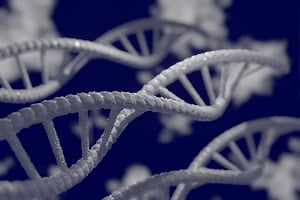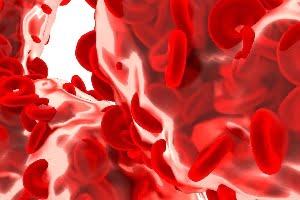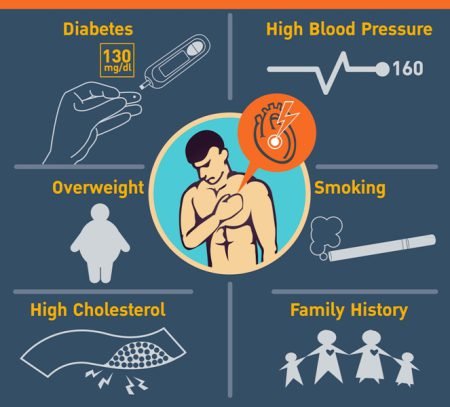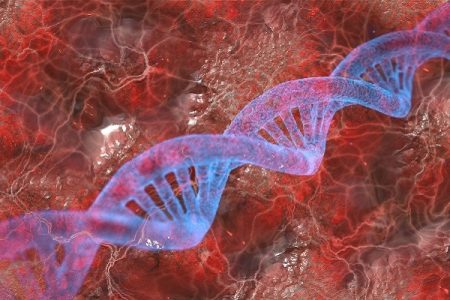Genetic Testing for Thalassemia
- Updated on: Nov 19, 2020
- 3 min Read
- Published on Nov 19, 2020

What Is Thalassemia?
Thalassemia is an inherited blood disorder caused due to the body’s inability to make enough hemoglobin protein (an essential part of red blood cells). When there is not enough hemoglobin, the red blood cells do not function properly, and they last only for shorter periods, so fewer healthy red blood cells are traveling in the bloodstream.
The red blood cells carry oxygen to all the body cells, and the oxygen is a sort of food used by cells for normal functioning. Therefore due to a lack of healthy RBCs, sufficient amounts of oxygen are not delivered to other body cells, which may cause various problems like tiredness, weakness, or breathlessness. This condition is called anemia. Thalassemia may cause either mild or severe anemia in people. Mild anemia is not much danger; however, severe anemia can be life-threatening as it causes organ damage, which may lead to death.
Hemoglobin present in RBCs is responsible for carrying oxygen to all cells in the body, and it consists of two units – alpha and beta. When thalassemia is called “alpha” or “beta,” this refers to the part of hemoglobin that is not being made. If the alpha or beta part is not made, there aren’t enough building blocks to produce normal hemoglobin levels. Low alpha is called alpha thalassemia, and low beta is called beta-thalassemia.
Read About the Basic Overview of Thalassemia
What Is Thalassemia Trait?
People with thalassemia are unable to produce normal levels of hemoglobin in the body that leads to anemia. Four genes are responsible for producing hemoglobin. Any abnormality with these genes may lead to thalassemia. However, if there is a problem with one among the four genes, the individual shows no thalassemia symptoms, and such a condition is called thalassemia trait.
What Is Alpha Thalassemia Trait?
Alpha thalassemia trait is a condition in which one or more alpha-globin gene copies get mutated, resulting in less alpha globin in the body.
What Is Beta Thalassemia Trait?
When there is a mutation in either one or both beta-globin genes, the condition is called beta-thalassemia. Almost 250 mutations have been identified in beta-thalassemia, among which 20 are common. The severity of anemia in beta-thalassemia depends upon the type of mutation in the beta-globin gene. Besides, low or no production of beta-globin protein also depends upon the type of mutation. Low production of beta-globin is called beta+ thalassemia, and when there is no production of beta-globin, it is called beta0 thalassemia.
Genetic Testing for Thalassemia
People carrying a genetic trait for thalassemia do not suffer from major problems except mild anemia. A person can have either alpha thalassemia trait or beta thalassemia trait depending upon which unit (alpha or beta) of hemoglobin is affected. People suffering from thalassemia often suffer from a variety of ailments. Since thalassemia traits don’t present major symptoms, such people should consult their physicians to know their ailments’ exact cause. If a married couple both carries a specific type of thalassemia trait, there are 25% chances that their child will be born with a severe thalassemia form.
The majority of people affected by beta-thalassemia carry mutations in both the HBB gene copies within the cells. The parents of an affected child often carry a single copy of the mutated gene and are called carriers. Carriers do not show the disease’s major signs and symptoms except in beta-thalassemia, where the individual has mild anemia. If a couple is suffering from an autosomal recessive form of the disease, each child has a 25% risk to have the condition (1 in 4), 50% risk to be a carrier like each of the parents (1 in 2), and 25% chance of not being affected or to be a carrier.
Read About Genetics of Thalassemia
Genetic Testing Benefits
Genetic testing for thalassemia must be combined with expert counseling and conventional techniques to offer the following benefits:
- Screening for prenatal diagnosis.
- Informed decisions about pregnancy and choice of termination in case of confirmed diagnosis.
- Identification of carriers in the family











